latest
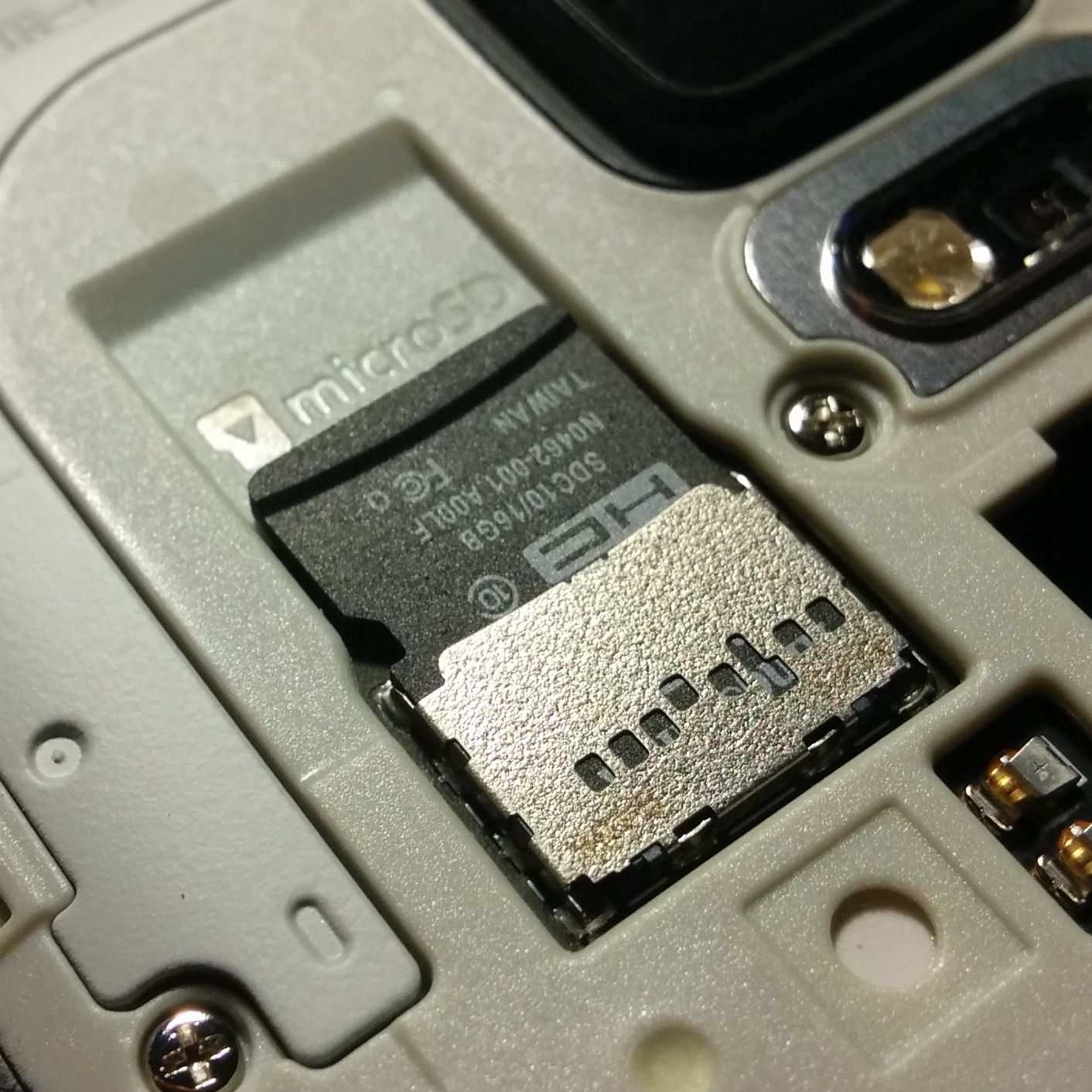
Over the last few years, few topics have been more hotly contested by Android users and developers than how SD cards are handled by the OS. Back in February, I discussed some of Google's changes during the transition from Android 2.3 to 4.0, and then how more recent policy changes ultimately led to 3rd-party applications losing most of their access to removable storage. By the time I/O came around, Google acknowledged that KitKat's newly added Storage Access Framework still didn't offer enough range for apps to get their work done. With the release of the L Developer Preview, new APIs were added to allow apps to request access to directories owned by other providers. Now that Android 5.0 Lollipop has been finalized, these APIs have been improved and even offer more capabilities than before, and they do it in a very user-friendly and secure way.

An unexpected treat came zooming out of Google HQ today as Android 4.4.4 OTAs and factory images have started rolling out for Nexus devices. The updates have already been posted to AOSP and Al Sutton quickly followed up with a list of the changes. Since 4.4.3 is only 2 weeks old, and I/O is merely a week away, we had a feeling this was just a security update, and it looks like that's all it is.
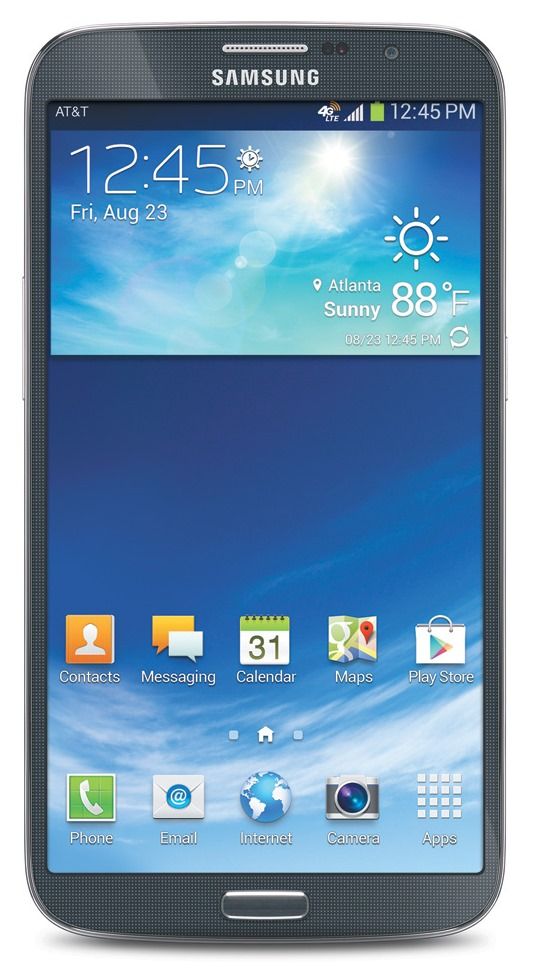
Samsung Galaxy Mega owners have probably felt a little bit ignored while they've watched one Samsung phone after another getting updates. After all, they only made it to Android 4.2.2 at the end of November, a month after KitKat was announced. They can finally say that they're running the latest version of Android (if we pretend that 4.4.3 didn't just come out). Starting today, an update to Android 4.4.2 will begin rolling out to the Galaxy Mega on AT&T.

Ask anybody that spends time in the security circles and they'll tell you that every large software project is bound to have a few long-standing vulnerabilities in the code. Fortunately, there are usually a few people who are paid to close up those holes so you, the customer, don't find yourself the victim of nefarious evildoers someday. Like so many before it, the latest update to Android came with a boatload of changes, at least one of which fixes a potentially dangerous vulnerability that can be used for numerous attacks, including a way to acquire root.

Unless you blacked out all of the news from yesterday to avoid a deluge of stories about what has been happening in Cupertino, you probably caught wind that there's a brand new update to Android. Whether you're manually installing the latest OTA or going all out with the factory images, you might be interested to know what is actually different. Thanks to Al Sutton, we've got a brand new changelog compiled from the list of code commits submitted to the Android Open Source Project (AOSP). It covers just the bug fixes, tweaks, and adjustments from 4.4.2 (KOT49H) through to 4.4.3 (KTU84L). With 7,454 total changes, this update is a monster!
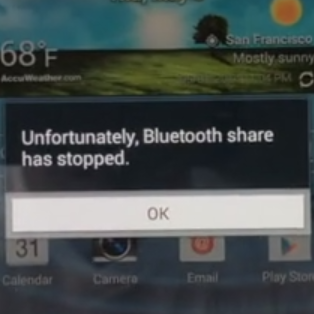
It's no secret that Bluetooth has been a problem child for Android, plagued with poor audio quality and connectivity issues. I've already covered a handful of common problems in a previous post, but another issue has been emerging in the last few months that threatens to virtually kill all Bluetooth operation on a device in the right conditions. The culprit is a nasty little oversight in the Bluetooth Low-Energy code added with Android 4.3 Jelly Bean. Once a device has been within range of enough BLE devices, the entire Bluetooth service will begin crashing.

Just minutes ago we posted about the discovery of an Android 4.4.3 changelog in AOSP and we've already found some interesting information. Among the individual project repositories, there are a few dedicated to Google-supported devices, mostly those in the Nexus family. In particular, we came across new references to an HTC device codenamed "Flounder," and another device belonging to Google with the name "Molly." This is the first time that these names have appeared in AOSP.

With most versions of Android, we're not used to seeing a changelog until a few hours after the AOSP code has been fully uploaded and somebody has had time to generate a comprehensive list. Imagine our surprise when such a list for KitKat 4.4.3 was discovered simply lying around on Google's servers. The file, named KK-MR2_changelist.txt, is located amidst Android's platform documentation. This is something of a first, since we'll actually learn about what's to come before the code is even available.

"Because the history of computing has taught us is that data will not be contained. Data breaks free. It expands to new media, crashes through barriers; painfully, maybe even dangerously. But, uh, there it is… Data finds a way." - Jeff Goldblum as Jeff Goldblum (Jurassic Gift Shop)

When writing an Android app, one useful feature that developers use when dealing with a potentially long list of options is fast scrolling. First introduced in Android 1.5/Cupcake, this functionality allows a user to grab the scrollbar and drag it down to scroll section-by-section, rather than item-by-item. It appears, however, that the KitKat implementation of this classic Android feature has introduced a bug which is driving some developers crazy.

Virtual Private Networks (VPNs) aren’t the sexiest topic out there, but they are a pretty vital part of daily operations for almost every major company and many small businesses. VPNs are used to securely connect a computer, tablet, or phone to a company's private network over the Internet, thus allowing people to work remotely while ensuring strict authentication and enforcing administrative policies. Even some power users are apt to set up a VPN if they want to make their home networks accessible while they're on the road.

[Bug Watch] KitKat Disables Paid Keyboard Apps Upon Updating Them, Reverts To Default Keyboard
A new bug will opt out of Paid Keyboard Apps.
Certainly, third party keyboards are a real testament to how customizable Android can be out of the box. Since KitKat's rollout, however, people have noticed that the default input method reverts to the default keyboard when updating a paid keyboard app. Worse still, the keyboard you updated actually ends up disabled.
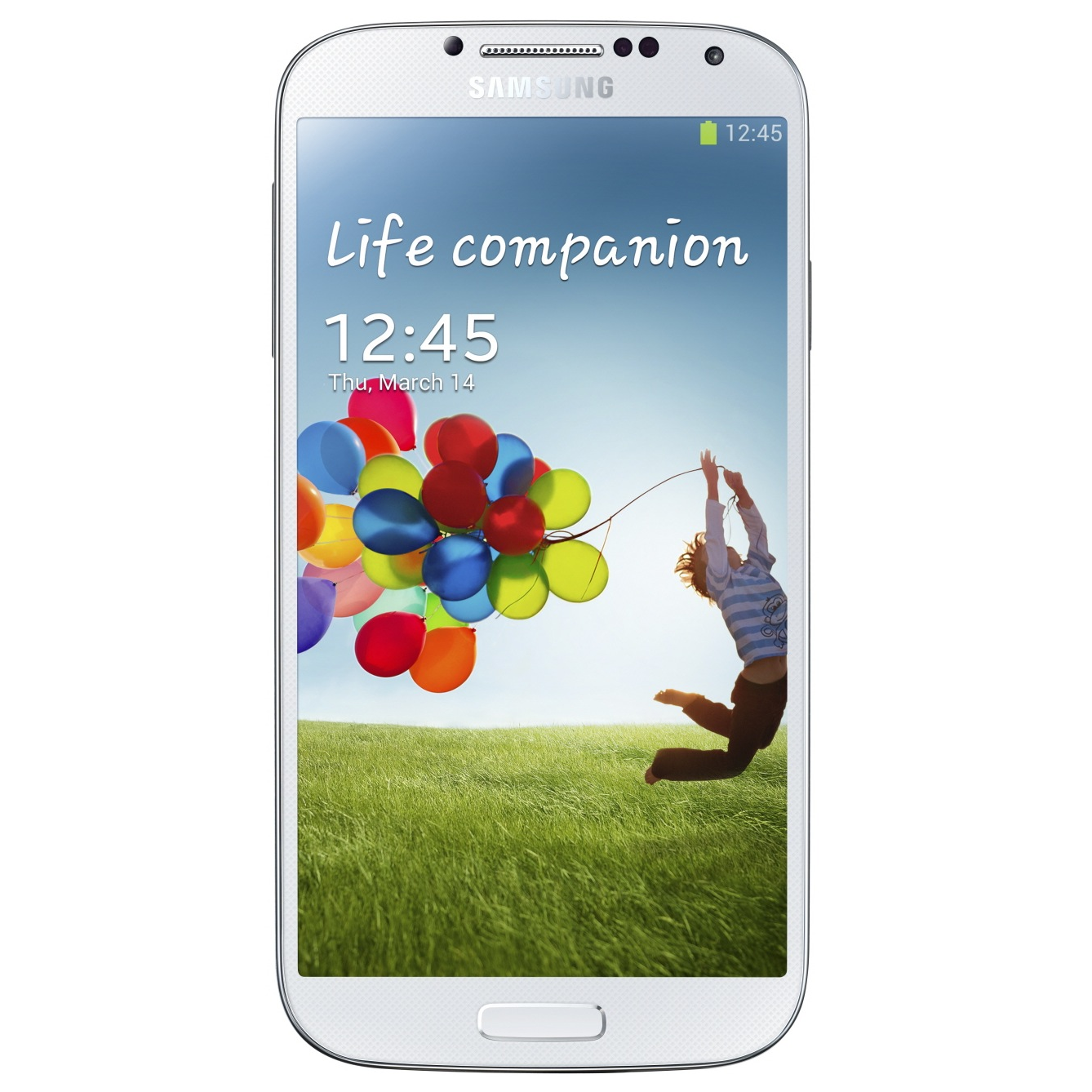
Owners of the Galaxy S4 on T-Mobile can now get their itchy trigger fingers ready to hit that "check now" button. We've received a few tips today alerting us to the fact that the carrier is rolling out an Android 4.4.2/KitKat OTA to handsets now. According to the software update screen, the feature set doesn't appear to include much of anything that Google didn't add into the stock version of KitKat:

After the rollout of XE12 in mid-December and the announcement that January would not bring an update, Glass Explorers have been anxiously awaiting the release of XE14, originally due in February. As it turns out, they were to be disappointed. In a posting to the private Glass Community forum late yesterday, Teresa Z explained that XE14 had missed its February deadline. The reason: it simply wasn't ready to be released. Unfortunately, no details were given with regard to the timeline for the next update.

Samsung has updated its open source pages with kernel source for the Sprint version of the Galaxy Note 3, but this isn't just any update. You can now download the long-awaited KitKat source for Samsung's phablet on Sprint. If we take a lesson from recent history, the OTA could be announced as soon as tomorrow.
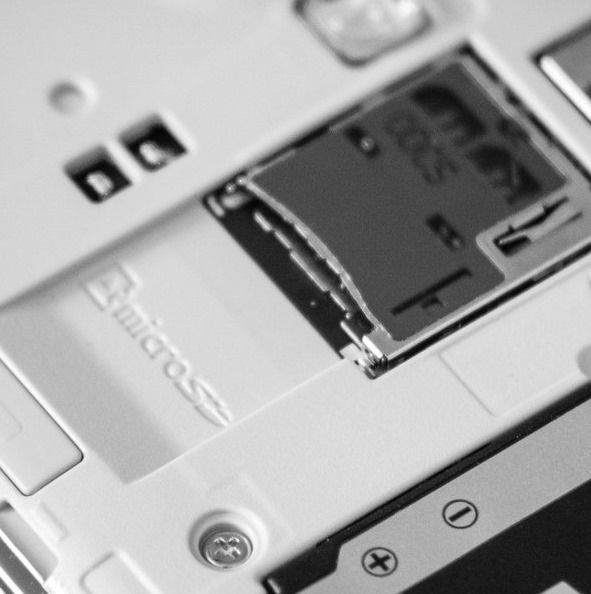
In recent years, Google hasn’t exactly been known as particularly hospitable toward SD cards with regard to its Android operating system. This theme is most often associated with the Nexus line of devices - the Nexus One was the only such handset to ever offer expandable storage. But despite arguments from Dan Morrill and Matias Duarte suggesting this stance is about keeping the Android interface simple and file picker-free, people still want more space. Google is apparently firming up its position on expandable storage even further, though, and in a way that limits flexibility and changes how we can use it.
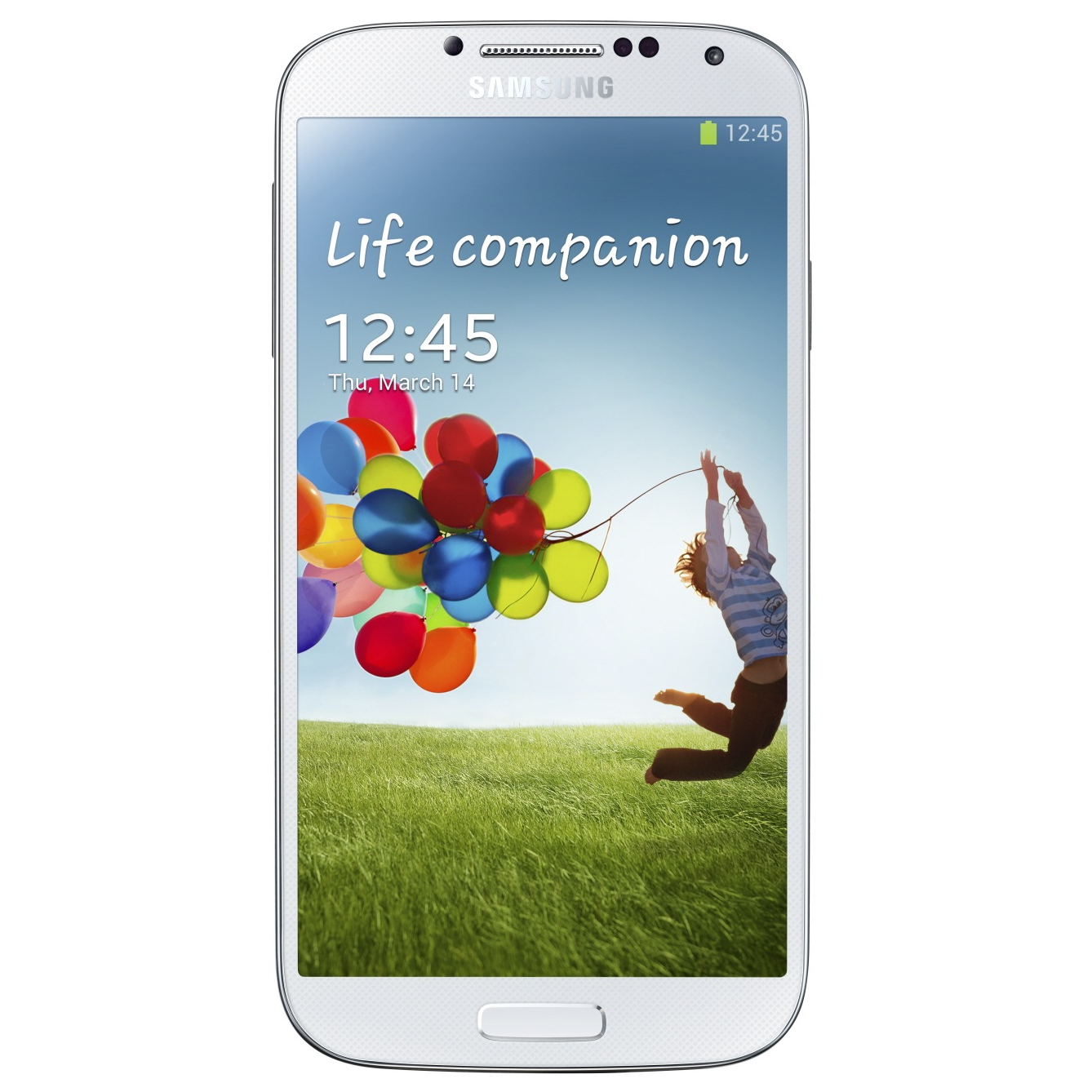
While no US carrier-branded variants of the Galaxy S4 have received an official update to Android 4.4/KitKat yet, Samsung has dropped the KitKat kernel source for the Sprint's model. While that by itself is really only of interest to developers, its implications will matter to a much larger audience. Generally, Samsung does not release kernel source for builds that aren't official. Historically, once source code is made available, official OTA updates follow in reasonably short order.

We often take mobile web browsing for granted, but sometimes the simplest of problems can turn it into a miserable experience. One of the early improvements to Android’s built-in web browser was a neat little feature that allowed text to re-wrap based on zoom level. It’s an obvious function, something that seems natural for reading more than a few words on a small screen. Unfortunately, a significant change in Android 4.4 resulted in the loss of this incredibly convenient capability for most web browsers and several applications. Not only does this affect browsers that rely on the built-in layout engine, it also applies to every app that relies on an embedded WebView.

Shortly after the new Android Runtime made its grand entrance, I ran a pretty exhaustive (and exhausting) series of performance benchmarks that showed ART wasn't really ready to blow us away. At the time, I opted to avoid the topic of battery life because it is so difficult to test accurately and with unbiased, meaningful results. As it turns out, that was dumb. Yup, so many of you have asked, I finally had no choice but to dive in and run a battery of tests on...well, the battery.

One of the most powerful, albeit underused, features of Android is the ability to get search results directly from within the apps installed on our devices. While there has been a bit of conflict over the so-called Unified Search patent, the fact is, that functionality is alive and well. Ok, it's actually not doing all that great on Android 4.4 - which is to say, it's only working with a few of the many apps that should be searchable.



